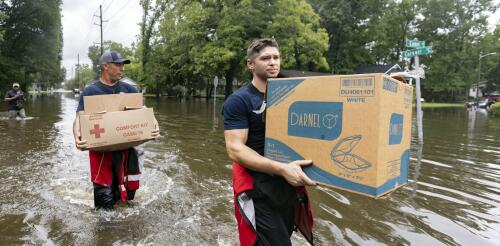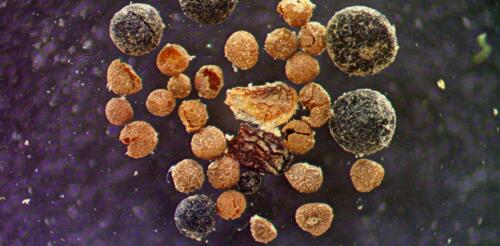environment
My colleagues and I have developed an artificial intelligence system that helps buildings shift their energy use to times when the electric grid is cleaner. I’m an engineer who studies and develops smart buildings. My lab created Merlin, which learns how people use energy in their homes and adjust energy controls like thermostats to meet their needs while at the same time minimizing the impact on the grid. The system can learn on one set of buildings and occupants and be used in buildings with different controls and energy use patterns. We dubbed it Merlin after King Arthur’s legendary magician to reflect the magical nature of the system: It automatically collects data on how people use energy in their homes and identifies opportunities to charge and discharge home battery storage. And it does so in a way that you always have power for whatever you need. So your air conditioning is always available, but at the same time it reduces the strain on the grid – for...
This summer has shown how quickly high temperatures can pose serious health risks, with record-breaking heat waves claiming thousands of lives around the world. However, it’s not just high and low temperatures that matter. How many degrees the temperature swings within a day – the daily temperature variation – itself poses health risks. Studies have found that days with larger than normal temperature swings can increase asthma flare-ups and hospitalizations for respiratory and cardiovascular diseases, leading to an overall higher death rate than normal. One study, based on data from 308 cities from 1972 to 2013, estimates that 2.5% of deaths in that time could be attributed to large daily temperature swings. Although humans can live in a wide range of ambient temperatures, a dramatic shift in temperature can tax multiple systems in the body, including the immune, musculoskeletal and cardiovascular systems. It can be especially taxing on very young and older in...
Tropical Storm Debby was moving so slowly, Olympians could have outrun it as it moved across the Southeast in early August 2024. That gave its rainfall time to deluge cities and farms over large parts of Florida, Georgia and the Carolinas. More than a foot of rain had fallen in some areas by early Aug. 7, 2024, with more days of rain forecast there and into the Northeast. Mathew Barlow, a climate scientist at UMass Lowell, explains how storms like Debby pick up so much moisture, what can cause them to slow or stall, and what climate change has to do with it. What causes hurricanes to stall? Hurricanes are steered by the weather systems they interact with, including other storms moving across the U.S. and the Bermuda High over the Atlantic Ocean. A hurricane may be moving slowly because there are no weather systems close enough to pull the hurricane along, or there might be a high-pressure system to the north of the hurricane that blocks its forward movement. In this case,...
As we focused our microscope on the soil sample for the first time, bits of organic material came into view: a tiny poppy seed, the compound eye of an insect, broken willow twigs and spikemoss spores. Dark-colored spheres produced by soil fungi dominated our view. These were unmistakably the remains of an arctic tundra ecosystem – and proof that Greenland’s entire ice sheet disappeared more recently than people realize. These tiny hints of past life came from a most unlikely place – a handful of soil that had been buried under 2 miles of ice below the summit of the Greenland ice sheet. Projections of future melting of the ice sheet are unambiguous: When the ice is gone at the summit, at least 90% of Greenland’s ice will have melted. Results of an ice sheet model show how much of Greenland’s ice sheet survives when the ice is gone from the Camp Century (white dot), GISP2 (red dot) and DYE-3 (black dot) ice...
There are more than 500 species of sharks in the world’s oceans, from the 7-inch dwarf lantern shark to whale sharks that can grow to over 35 feet long. They’re found from polar waters to the equator, at the water’s surface and miles deep, in the open ocean, along coasts and even in some coastal rivers. With such diversity, it’s no surprise that sharks serve many ecological functions. For example, the largest individuals of some big predatory species, such as tiger and white sharks, can have an oversized role in maintaining balances among species. They do this by feeding on prey and sometimes by just being present and scary enough that prey species change their habits and locations. In a newly published study, colleagues and I surveyed decades of research on sharks’ ecological roles and considered their future in oceans dominated by people. We found that because sharks play such diverse and sometimes important functions in maintaining healthy ocean...




